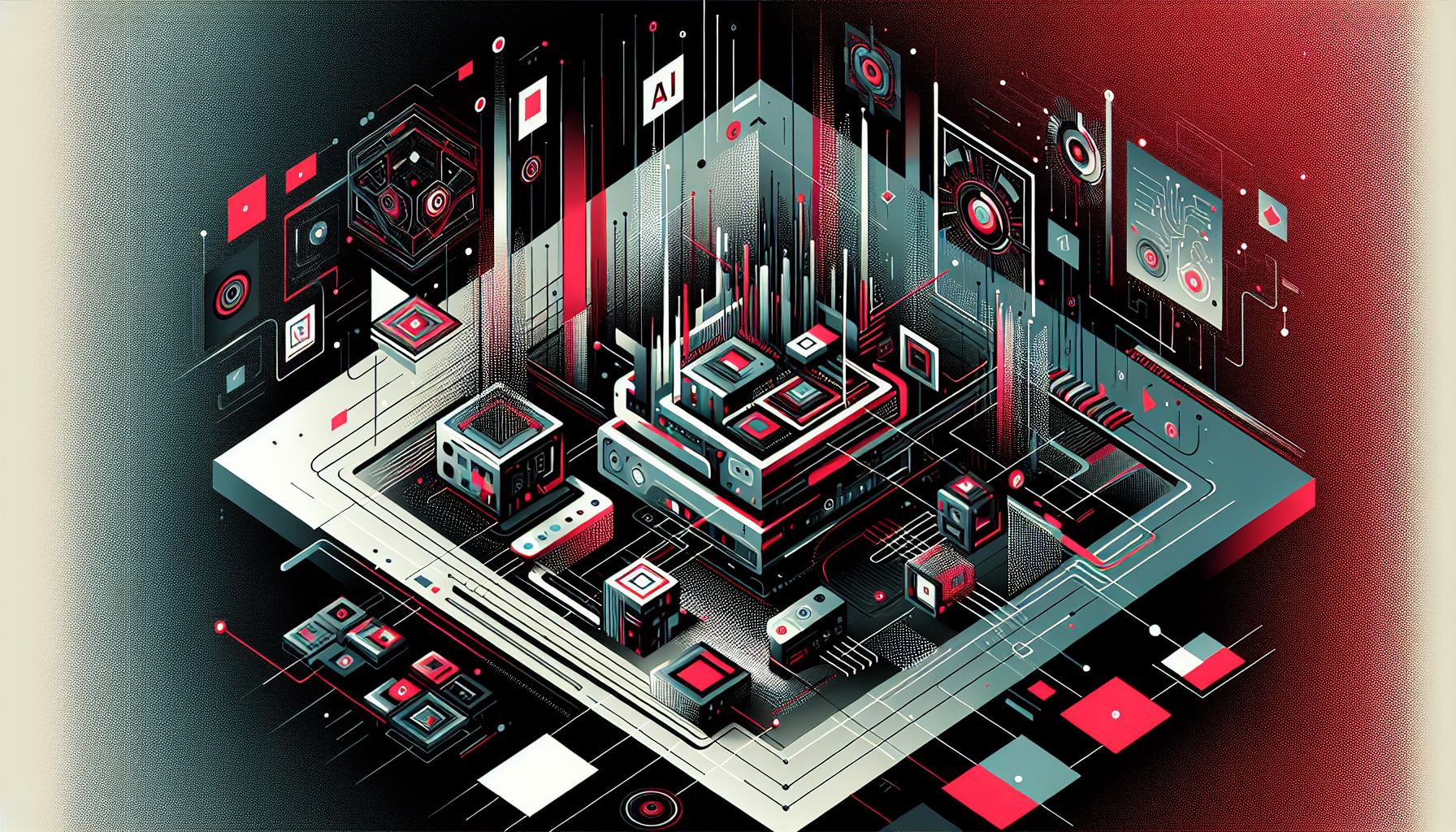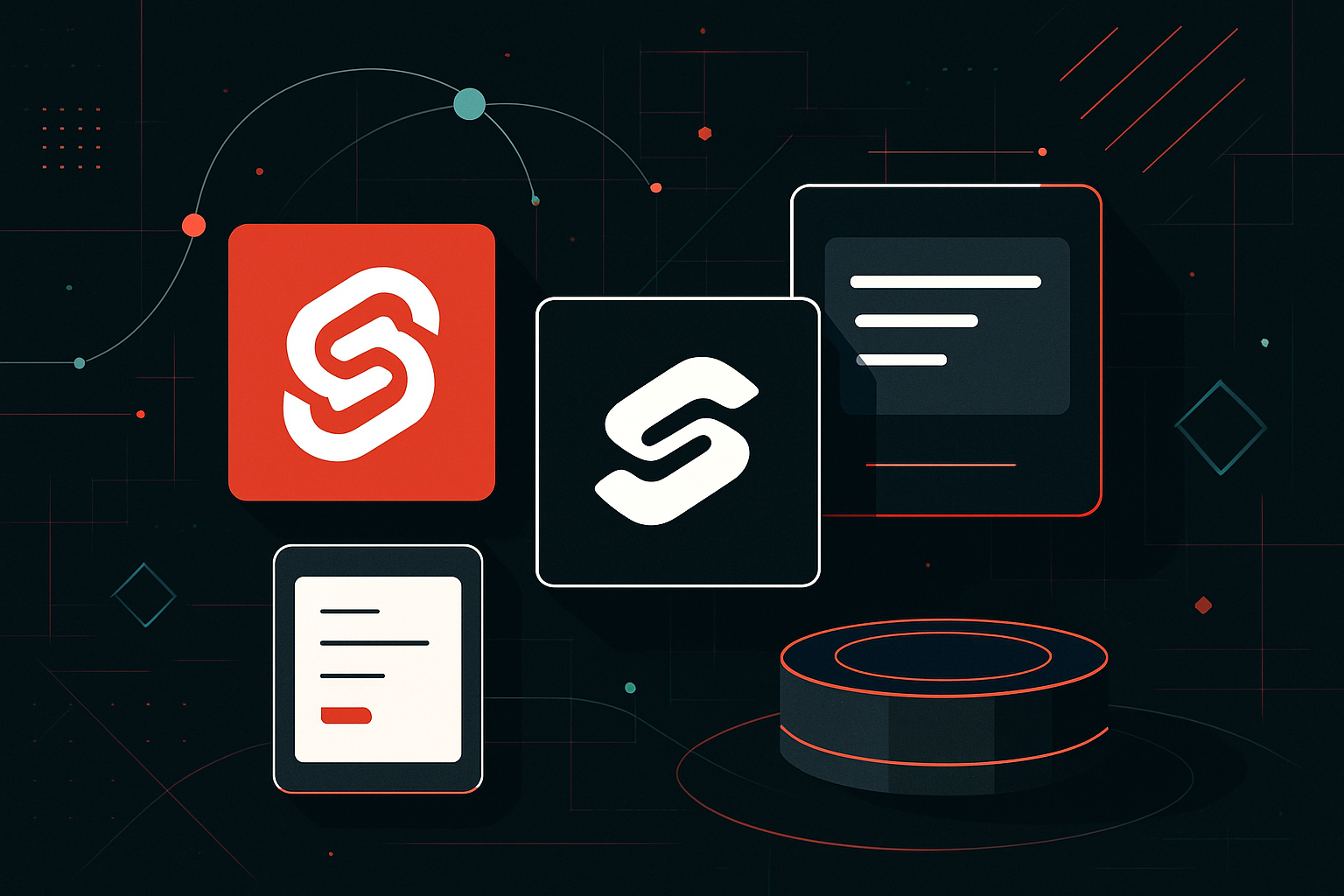Emerging Trends in AI-Powered Development

AI-Powered Development: Emerging Trends
1. Low-Code and No-Code Platforms
Low-code and no-code platforms are transforming the software development landscape by allowing developers and non-developers alike to create applications with minimal hand-coding. These platforms employ AI to enhance user experience and streamline development processes.
Key Features:
– Drag-and-Drop Interfaces: Simplifies UI design.
– Pre-built Templates: Speeds up development.
– AI-Assisted Code Generation: Automates repetitive coding tasks.
Example Platforms:
– OutSystems (Low-Code): Offers AI-driven features for app lifecycle management.
– Bubble (No-Code): Provides a visual programming interface for building web apps.
Practical Insight:
Utilize AI-powered code suggestions to reduce development time. For instance, OutSystems employs AI to recommend the next steps in app development based on previous actions.
2. AI in Quality Assurance
AI is increasingly being integrated into the software testing process to enhance efficiency and accuracy. AI can predict potential problem areas in code, automate test case generation, and even simulate user behavior for comprehensive testing.
AI Techniques in QA:
– Test Case Generation: AI models generate test cases by analyzing historical data.
– Bug Detection: Machine learning algorithms identify anomalies in code.
– Performance Prediction: Predicts system performance under various scenarios.
Example Tools:
– Applitools: Uses AI to automate visual testing.
– Testim.io: Leverages machine learning for test automation.
Technical Explanation:
AI models trained on bug databases can predict the likelihood of defects in new code segments, thereby focusing testing efforts effectively.
3. AI-Enhanced DevOps
The integration of AI in DevOps processes, often termed AIOps, aims to enhance operational efficiency and predictability. AI-driven analytics can automate routine tasks, offer predictive maintenance, and optimize CI/CD pipelines.
Core Components:
– Predictive Analytics: Forecasts potential system failures.
– Automated Monitoring: AI monitors IT environments and identifies anomalies.
– Resource Optimization: AI suggests optimal resource allocation.
Example Implementation:
– Dynatrace: Utilizes AI to provide real-time insights into application performance.
– Splunk: Employs machine learning to improve log management and analysis.
Actionable Insight:
Implement AI-driven anomaly detection in your CI/CD pipeline to proactively address issues before they impact production.
4. AI in Code Optimization
AI tools are being developed to automatically optimize code for better performance and efficiency. These tools analyze code structure, identify inefficiencies, and suggest improvements.
AI Techniques:
– Code Refactoring: Automatically restructures code for improved readability and performance.
– Performance Tuning: AI identifies bottlenecks and suggests optimizations.
– Security Enhancements: AI detects and mitigates potential security vulnerabilities.
Example Tools:
– DeepCode: Uses AI to review code and provide suggestions.
– TabNine: An AI-powered code completion tool that improves productivity.
Code Snippet:
# Example of AI code completion using TabNine in Python
def calculate_mean(numbers):
return sum(numbers) / len(numbers)
# TabNine suggests the following code completion
numbers = [1, 2, 3, 4, 5]
mean = calculate_mean(numbers)
print(f"The mean is {mean}")
5. AI-Driven Personalization
AI is used to enhance user experiences by providing personalized content and features. This trend is particularly notable in web and mobile app development, where AI analyzes user data to tailor interactions.
Personalization Techniques:
– Content Recommendations: AI suggests content based on user behavior.
– Adaptive Interfaces: Interfaces that change based on user preferences.
– Predictive User Interactions: Anticipates user needs and actions.
Example Applications:
– Spotify: Uses AI to create personalized playlists.
– Netflix: Employs AI algorithms to recommend shows and movies.
Practical Application:
Incorporate AI-driven personalization in your app by integrating recommendation engines like Apache Mahout or TensorFlow Recommenders.
6. Ethical AI Development
As AI becomes more pervasive in development, ethical considerations are critical. Developers are increasingly focused on creating AI systems that are transparent, fair, and accountable.
Key Considerations:
– Bias Mitigation: Ensuring AI models are trained on diverse datasets.
– Transparency: Making AI decision-making processes understandable.
– Data Privacy: Protecting user data through stringent security measures.
Actionable Steps:
– Implement fairness-aware algorithms to reduce bias in AI models.
– Use Explainable AI (XAI) tools to enhance transparency in AI systems.
Summary Table: Emerging Trends in AI-Powered Development
| Trend | Key Features/Techniques | Example Tools/Platforms |
|---|---|---|
| Low-Code/No-Code | Drag-and-drop, AI-assisted code generation | OutSystems, Bubble |
| AI in QA | Test case generation, bug detection | Applitools, Testim.io |
| AI-Enhanced DevOps | Predictive analytics, automated monitoring | Dynatrace, Splunk |
| AI in Code Optimization | Code refactoring, performance tuning | DeepCode, TabNine |
| AI-Driven Personalization | Content recommendations, adaptive interfaces | Spotify, Netflix |
| Ethical AI Development | Bias mitigation, transparency, data privacy | Custom implementations |
By closely monitoring these trends and adopting relevant technologies, developers can significantly enhance their development processes, resulting in more efficient, robust, and user-friendly applications.





0 thoughts on “Emerging Trends in AI-Powered Development”